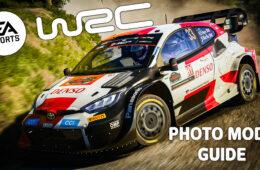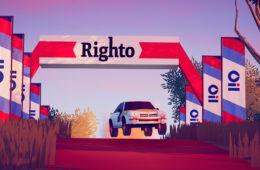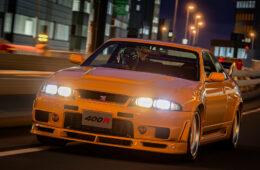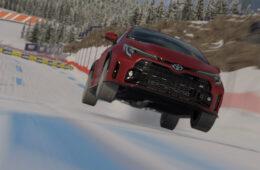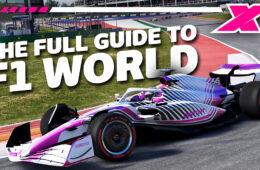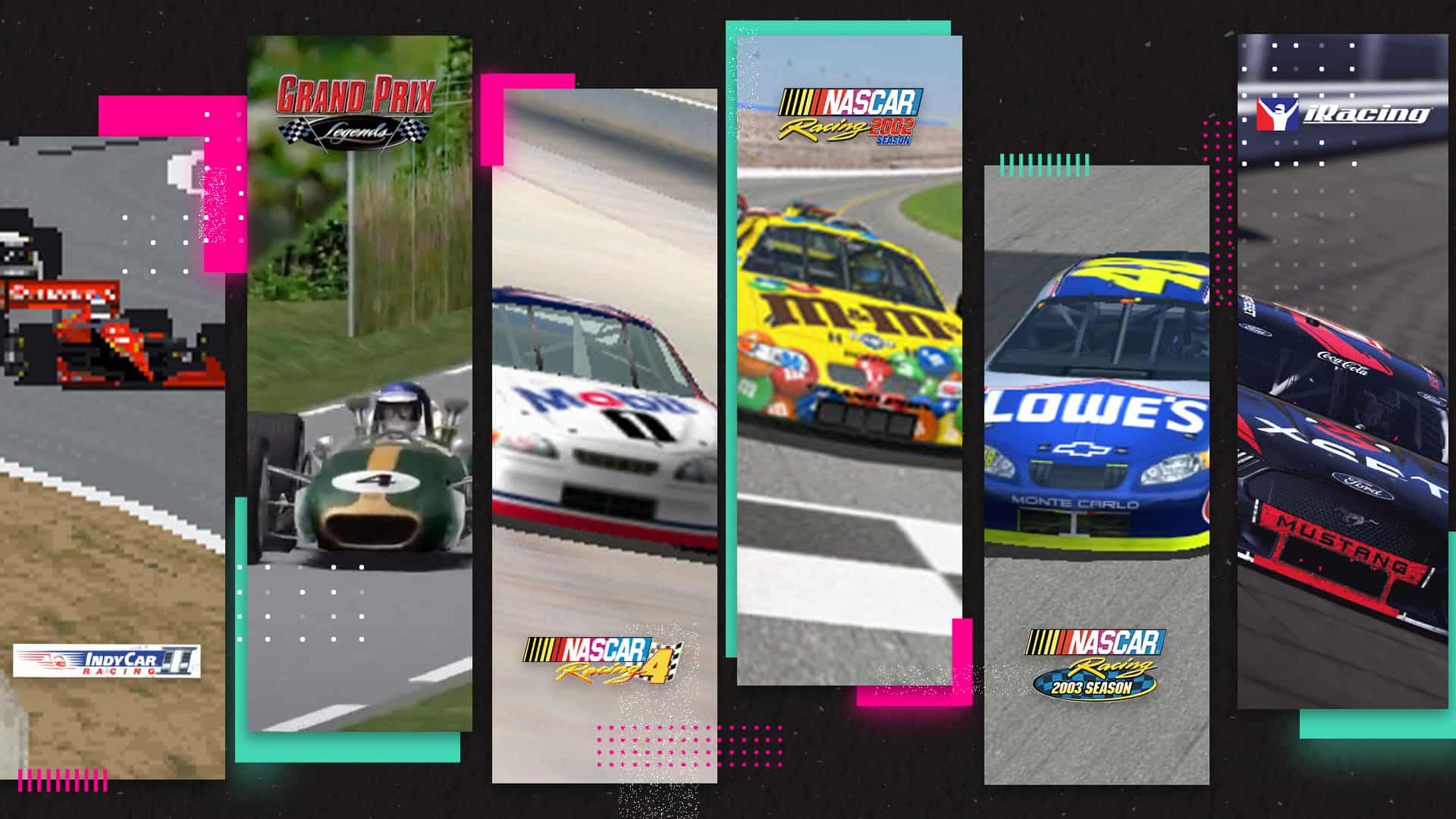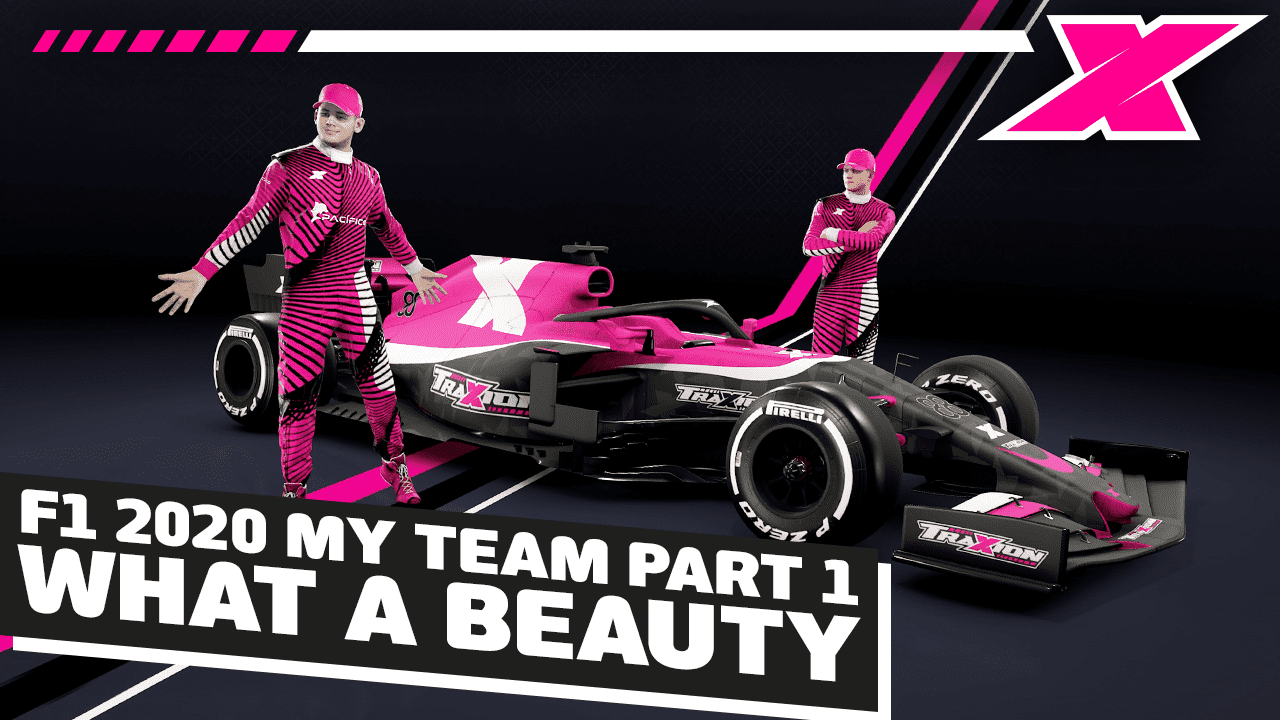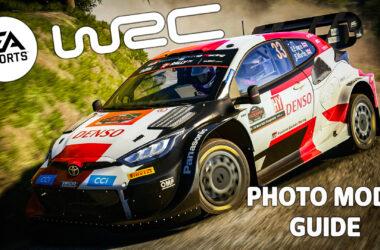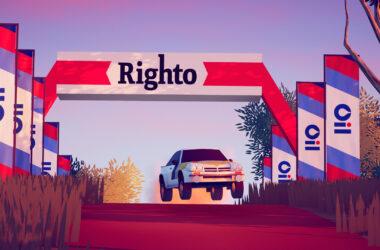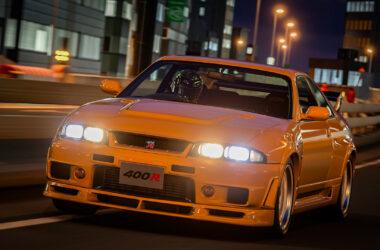iRacing is one of the leading sim racing platforms on PC in the world right now. Since August 2008, virtual racers have been able to get online and compete against one another at a high level of competition on the iRacing servers, utilizing a number of vehicles and tracks available with subscription to the service.
The sim was one of the most hyped during its incubation as many of the top racers from NASCAR Racing 2003 Season had hopes of moving their skills over to the new platform. During the process of building the sim, the iRacing website continually shared updates of the progress made, the cars and tracks that were laser-scanned, and their dreams to encompass all forms of motorsport one day.
I dug up part of the iRacing site from back in 2006 that highlighted plans to release karting related venues at launch. That wasn’t the case and still isn’t today, but it’s intriguing to see what was planned from the start.
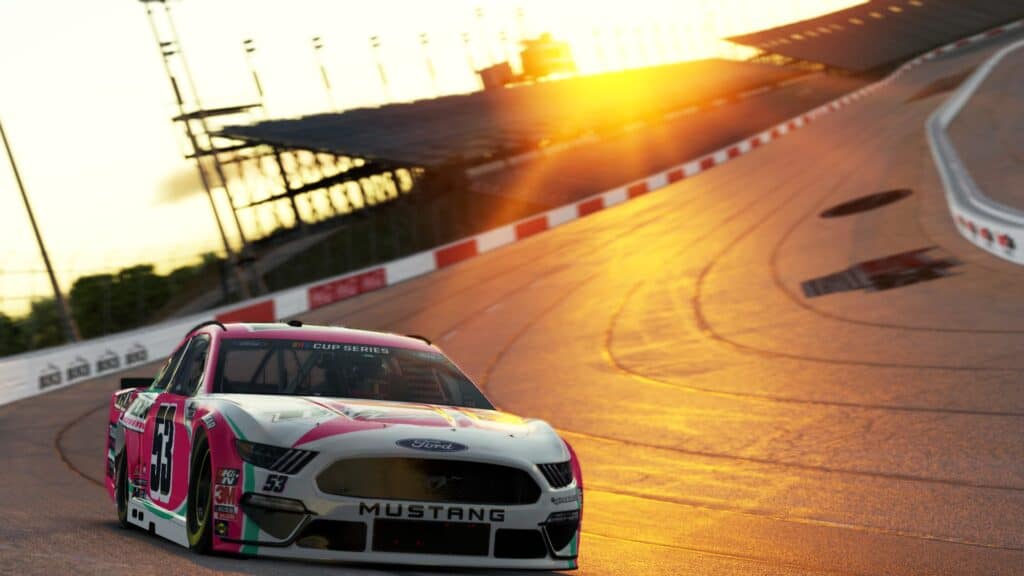
The hype for iRacing.com Motorsport Simulations was nearly a full four years in the making as Dave Kaemmer and John Henry started the project back in September 2004. The company even had sponsorship on a NASCAR Truck in 2006 for Todd Bodine at Daytona, years before the game was released to the public.
Neither of these two came out of nowhere, and it’s important to realize that iRacing wouldn’t be a leader in sim racing like it is today without both of their knowledge and support.
Henry, a sim racer himself, brought the funding to the project. He was already the principal owner of the Fenway Sports Group, co-owner of NASCAR race team Roush Fenway Racing, and shares a passion for motorsports and virtual racing.
Kaemmer brought with him the simulation and game-making experience, having co-founded the Papyrus Design Group in 1987. The titles he’s accredited to are some of the most renowned, so it makes sense as to why iRacing is where it’s at now.
While it’s important to know where Henry sits in iRacing’s origins, we need to go back before his time in the community to when it was Kaemmer and his other half at Papyrus, Omar Khudari. We need to travel back 32 years ago, to 1989, when Papyrus Design Group launched Indianapolis 500: The Simulation.
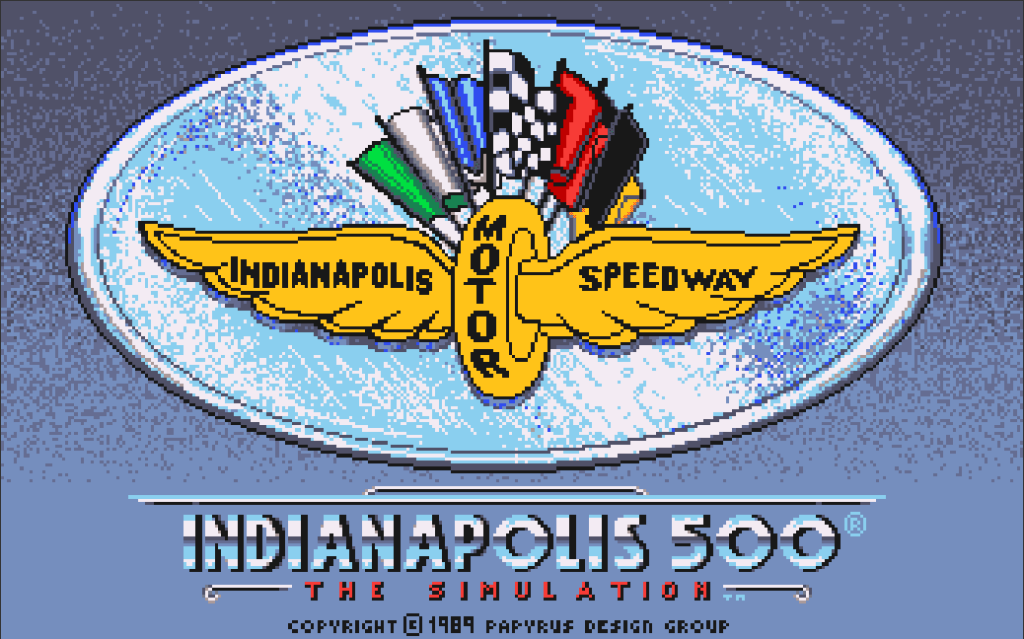
Two years after the founding of the company, everything Kaemmer worked for, together with Khudari and the rest of the Papyrus team, led to the release of Indianapolis 500: The Simulation in 1989.
It was truly the first of its kind in the sphere of racing games.
I mean, before this, what really was there? There was Pole Position by Namco, WEC Le Mans by Konami, and sure, there was Chequered Flag by Sinclair, but they didn’t have any of what Papyrus brought to the table.
Virtual car adjustability.
The ability to change how the car drove with changes to the virtual setup of the car.
Things like camber, shocks, stagger, tire compounds, gearing differentials, and wing adjustments, albeit simple, were still adjustable factors to make your virtual drive a better experience.
Indianapolis 500: The Simulation was just that… an actual basic simulation program.
It wasn’t a full simulation experience, and how could it be with the time period it was released in? It wasn’t a point and shoot racer, either. If you drove too hard, you could feel the back end start to come around or watch the front end push to the wall. If you raced in a mode with damage on, you’d have to fix it to get back in the race.
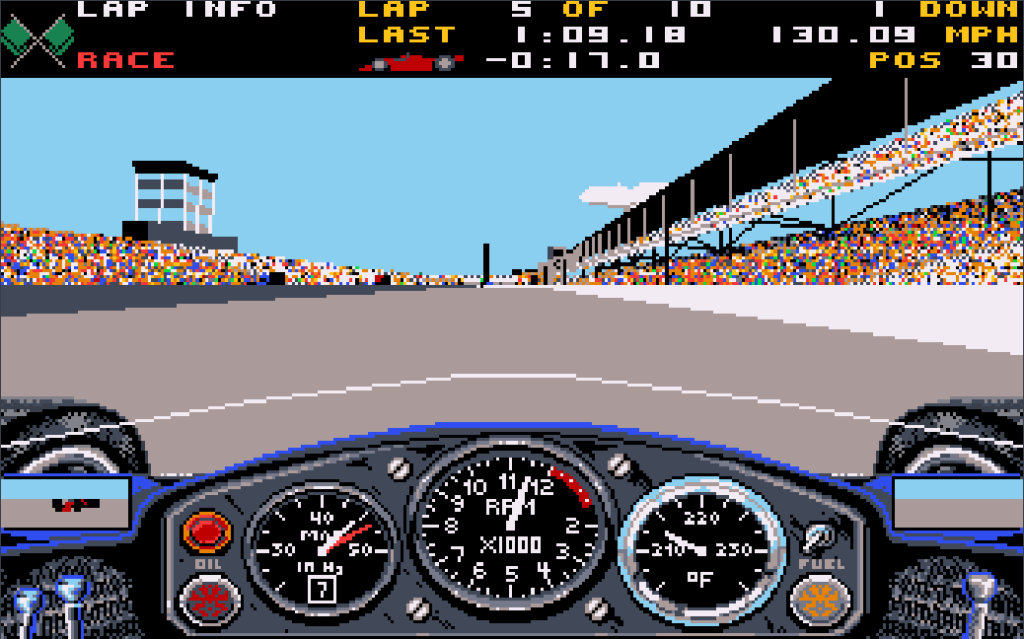
For a 16-bit MS-DOS creation in the eighties, it’s incredible that this even existed at that time. Other than the setup ability, the game was as bare as it could be. The game included practice, qualifying, four different race lengths at the one and only Indianapolis Motor Speedway, and three cars to choose from, each with a different color and dashboard display.
That yellow Penske Chevrolet one was probably my favorite of the three to choose from. It almost felt like a digital dash you’d find in NASCAR today.
It was a great start for the fledgling company, and their next title in 1993 really took what existed in this purest form and shelled it out to become a full-fledged racing experience.
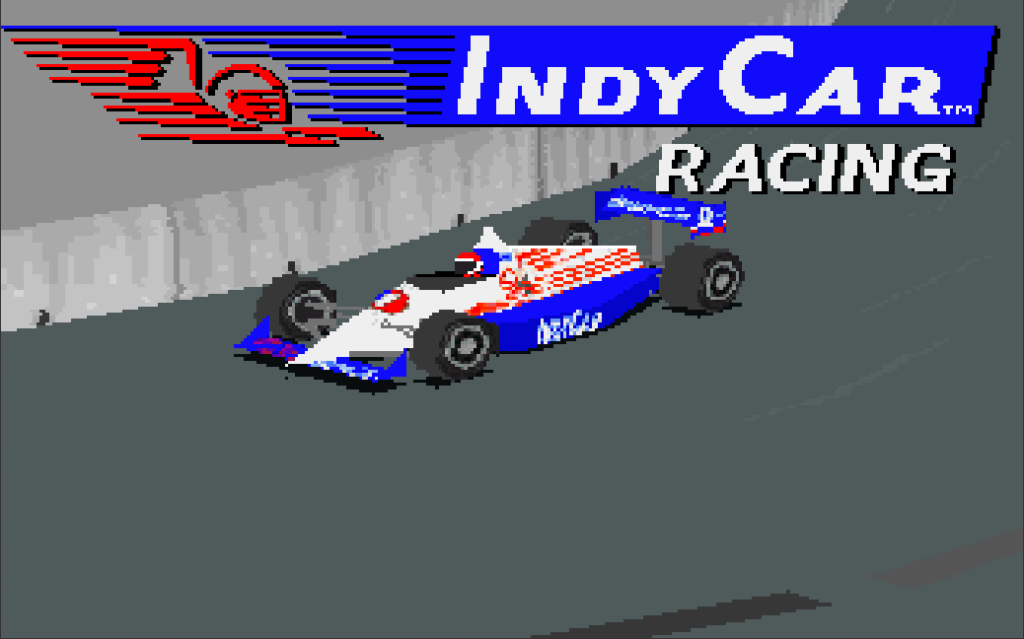
IndyCar Racing took what Indianapolis 500: The Simulation started and made it into a complete game. Now with a menu for setting up the car prior to getting on the track, complete with a list of tracks to choose from, IndyCar Racing was another pioneer in its day and age, and really brought a simulation feel by not only mimicking the driving, but also recreating the entire 1993 IndyCar Series for the most part.
That sentiment continued on into the first NASCAR game by the company in 1994, that being NASCAR Racing. This was my first Papyrus title, and I can still remember Ned Jarrett inviting me in whenever I’d open up the game. It was a much more pleasant experience for my second racing game in my young life.
A quick aside from the Papyrus story, I tried Bill Elliott’s NASCAR Challenge before anything else in my youth. Pop-Pop managed to bring home an old Macintosh from his shop and I was hooked immediately with Elliott’s game, but it was pretty hard for a four-year-old and I kept crashing a ton. I never really did figure out that one, I always ended up wrecking on the first lap and having to turn over my NASCAR license.

When I finally happened upon NASCAR Racing, it was like a whole new world. I didn’t know or care about any IndyCar track or open wheel racing, my family was all about NASCAR and stock car racing, and that’s how I was going to be brought up in this world. NASCAR is what I was given to play with… before I fell in love with open wheel cars while playing CART World Series on PlayStation. Another story for another time.
Yeah, the first Papyrus NASCAR platform didn’t have any real drivers in it, but five-year-old me didn’t even know anyone else besides Dale Earnhardt and Jeff Gordon at that age. I got to learn about tracks like Bristol, Watkins Glen, and Talladega for the first time, and I could go out there and win myself a Winston Cup if I chose to play the Championship mode.
In the timeline of things and such, IndyCar Racing II went out in 1995, Sierra On-Line acquired the Papyrus Design Group, and Khudari split from the company not too long after that.
NASCAR Racing 2 was the first new game under the Sierra banner released in 1996, and this game was a decent step up from the previous release. Real drivers were opponents, a basic paint shop allowed for customization, and the simulation felt good. Multiplayer went through Sierra and now up to eight players could connect together to race.
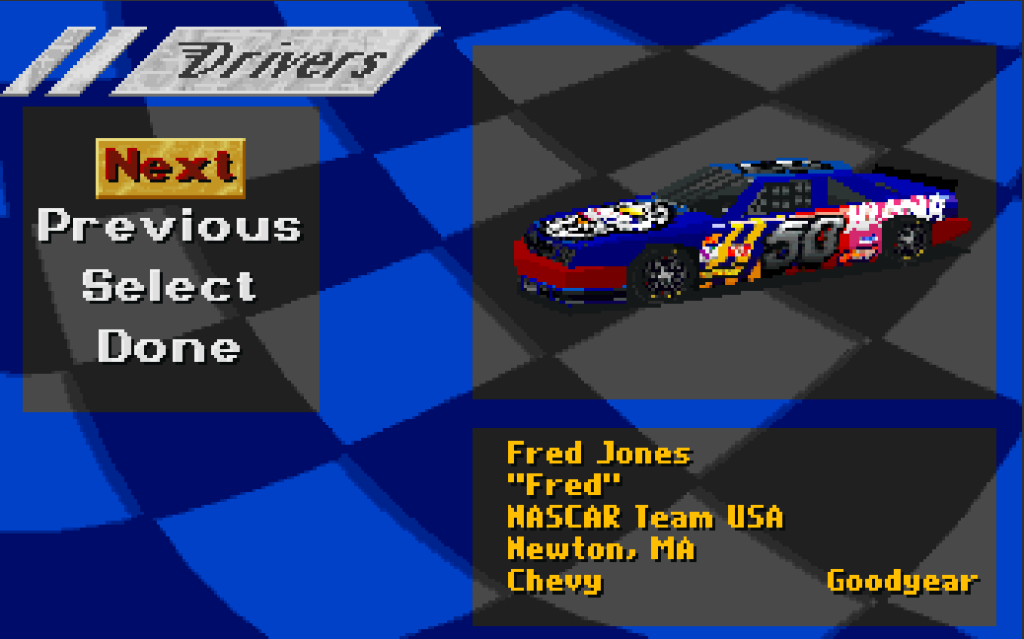
Next on the list, Grand Prix Legends released in 1998, and that was a really cool concept that threw things back to a previous era – 1967 to be exact. The most important thing that came from GPL was the physics of the game, because those physics would go on to define later entries from Papyrus.
A few more NASCAR games came down the pipeline, such as 1999, NR3, NR4, and NR2002. That all eventually led to their crowning achievement, a result of making racing simulators for over a decade.
In my opinion, Papyrus arguably went out on top with their final release, NASCAR Racing 2003 Season. Everything they learned from Indianapolis 500: The Simulation onward made its way into this title.
The craziest part about all of this is that Dave Kaemmer wasn’t even a part of his own company before the release of NASCAR Racing 2003 Season.
It was for good reason for the next chapter of the virtual racing world. The history and facts get muddied around this part, but my interpretation of it all plays into the financial politics from Sierra, which was owned in part by Vivendi, and they were not having a good time financially.
Papyrus was low on the totem pole, and possibly seeing no future in his own half creation, Kaemmer moved on and watched from afar as his final masterpiece at Papyrus would become one of the most highly regarded, yet one of the most mistreated, in its time.
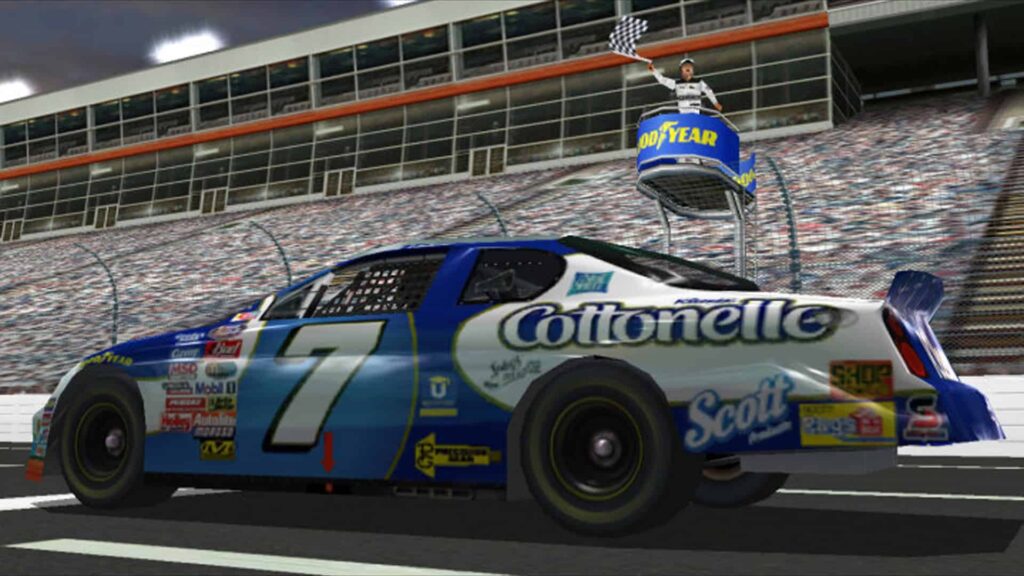
NASCAR Racing 2003 Season was the final release for the Papyrus and Sierra banner. Electronic Arts would be purchasing the exclusive NASCAR gaming license, so Papyrus, Monster Games, and anyone else thinking of owning a NASCAR gaming title would have to deal with not having that platform starting in 2004. Add in the financial woes from Vivendi, and you’ve got quite a mess of things all surrounding this release.
Let me tell you, I could write a whole article on NASCAR Racing 2003 Season. That game, that simulation, it was so unique in ways that don’t really matter to this article. Maybe some other time I’ll get to tell how I ran an online series for six years that mimicked the current day rules, packages, schedule and such on the now 18-year-old platform successfully, but that’s not a story for today.
Still, this game was both amazing and unfulfilled during its actual lifespan, from release in February 2003 to its untimely “death” in March 2004, when the licensing officially expired. Vivendi had Sierra shut it down and pulled the plug. The game was removed from shelves, and despite all of this, it still almost instantly became a cult classic among many oval sim racing enthusiasts.
The base of the game had plans already present for Grand National Series cars, Truck Series trucks, and even had a six speed “PTA” physics, but the vanilla version of the game only came with the NASCAR Cup Series included. Why was that exactly? Could it be because it had to get rushed out?
A group named Project Wildfire eventually unlocked those physics and essentially upgraded the game not too long after its release. Perhaps it was a covert mission to get the full game out to the masses? Who knows exactly besides the folks involved. I just know that NASCAR Racing 2003 Season probably wouldn’t have been such a hit without it, despite how great the base model was.
In general, the game just felt right to so many from the get go, even if it was allegedly rushed to make a quicker production time frame with all of the politics surrounding it. The cars felt like they could be driven by multiple skill levels, where the best talent would shine and even some of the lesser talent could still do work. It was a sim racers’ dream to have such a good feeling, competitive, multiplayer option.
I mean, really, no other racing game out there could get 42 people in a single online race session and not be completely lagged. It was amazing.
Once people got to modding, well, let’s just say that NASCAR Racing 2003 Season still has a very legitimate following to this day due to the community’s ability to keep it current.
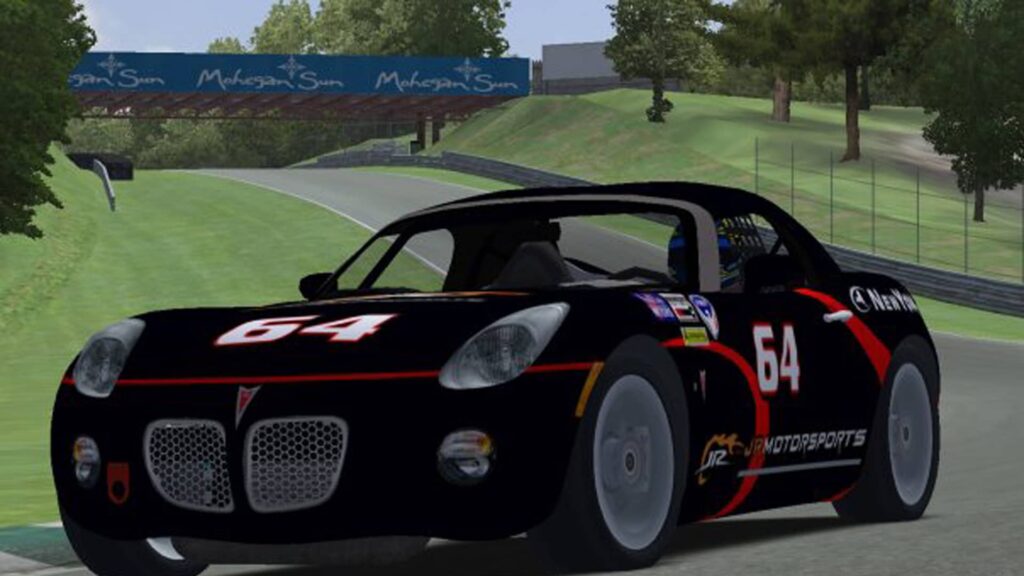
Going back to Project Wildfire, it’s reported that a lot of the people who worked there moved over to work at FIRST and they eventually joined with iRacing. FIRST may have started as the entity behind getting iRacing up and running, but eventually it became the sanctioning body that presided over all of the virtual racing on iRacing.
Where does NASCAR Racing 2003 Season and Papyrus all fit in? Well, utilizing Wayback Machine, on the FAQ section of the iRacing site in 2006, still almost two years away from iRacing’s initial launch date, NASCAR Racing 2003 Season is referenced multiple times and it’s explained how everyone got from Point A at Papyrus to Point B at iRacing.
The source code was still valuable at the time of the death of the game. They knew it, and they didn’t try and hide it.
“We used the NR2003 code as a starting point, taking advantage of its greatest strengths, such as the net code, which allows full fields of drivers to race online in real time, and the replay system, which enables drivers to review their on-track performance. But every major section of the code has substantially improved for the iRacing.com simulation, and large portions are all new.”
The issue was, at the time, anyone could download NR2003 and use that RAB2 code to unlock the game, so essentially, with all the mods and community updates, why would anyone buy into iRacing?
“While many people still race using NR2003 and we are honored by the position it holds in the sim racing community, neither we nor any other commercial entity has a legal right to distribute or derive profit from NR2003. After Vivendi’s license to use the trademarks involved in NR2003 expired in 2004, any remaining copies had to be removed from shelves.”
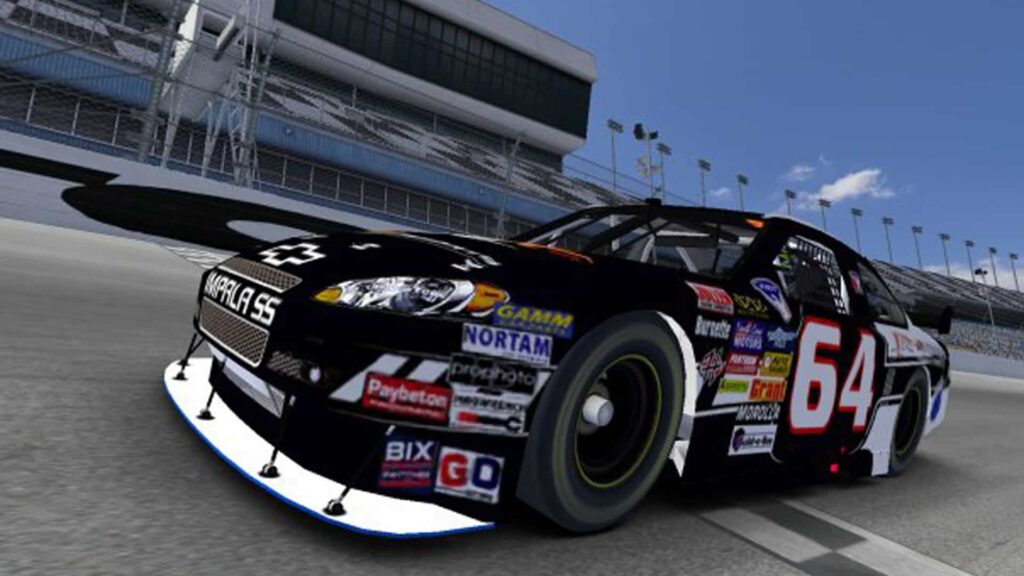
The fact was that there would be no more official support for the 2003 game ever again. Many communities kept it alive and competitive through the years, even still finding ways to be relevant in today’s world.
Once iRacing secured a NASCAR gaming license in 2009, after Electronic Arts was done ruining their franchise, NASCAR Racing was back. Except this time, amongst many other forms of racing surrounding it within the iRacing platform.
The gist of what I’m getting from that is that when Kaemmer left Papyrus, he got together with others around sim racing who shared his beliefs, made a new entity in iRacing, bought his code back from the failed Vivendi, and went on to use that code to make iRacing what it was when it launched in 2008 and what it’s turned into in 2021.
Without Kaemmer and the Papyrus Design Group, iRacing wouldn’t be what it is today. An incredible history that all stemmed from a 16-bit, first-of-its-kind simulator back in 1989.
Just look at where it’s all come from. You might thank the Covid-19 pandemic for the final push it took to get it as widely known as it is now, but the program was already there, and it’s wonderful that iRacing and sim racing in general are finally getting the notoriety they’ve deserved for a long time.
Thank you Dave Kaemmer, and everyone at Papyrus Design Group, for the incredible gifts you’ve all given to the sim racing community over the years.
Sim racing wouldn’t be where it is today without what you brought into the world years ago.

